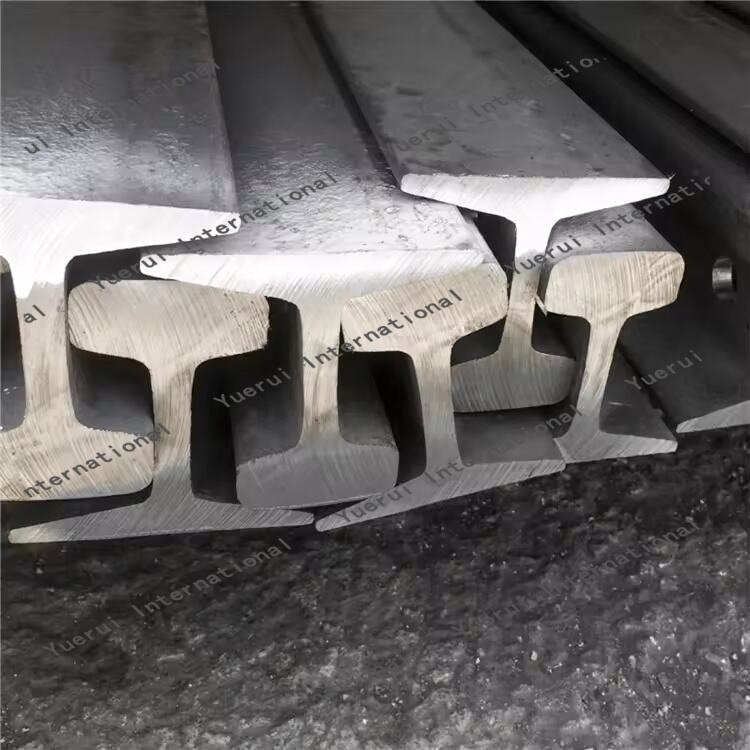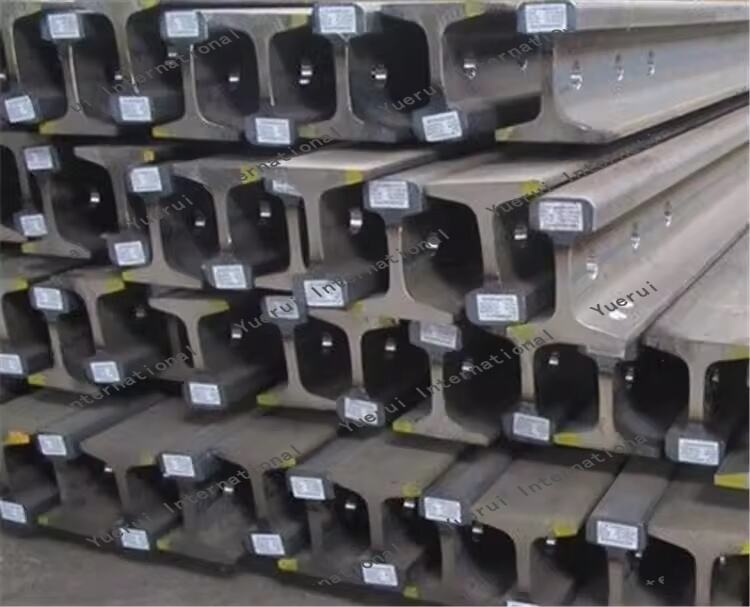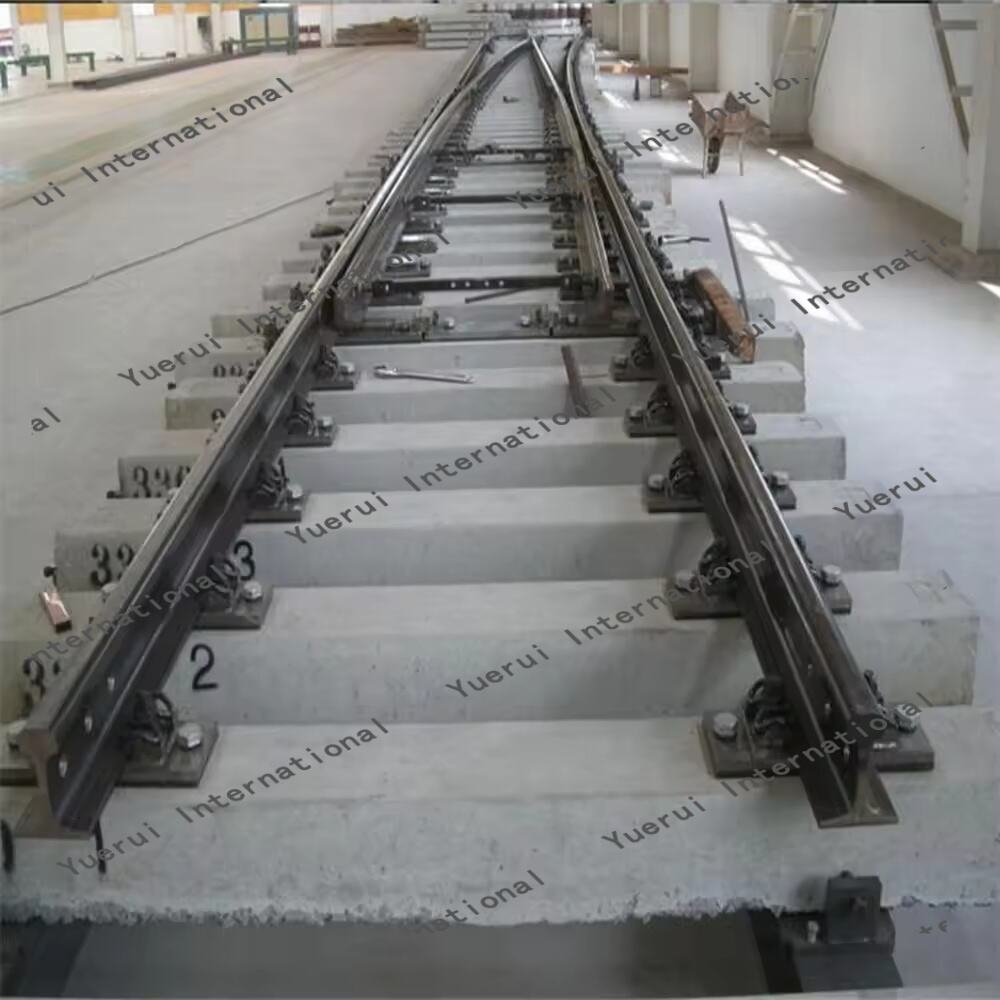recycled railroad ties
Recycled railroad ties represent a sustainable solution in construction and landscaping, transforming decommissioned railway materials into valuable resources. These robust timber components undergo rigorous processing, including careful inspection, cleaning, and treatment to ensure their structural integrity and longevity. The ties are typically made from hardwoods like oak or pine, treated with preservatives to resist decay, insects, and weathering. Each recycled tie maintains its original dimensions, typically measuring 8.5 feet in length, 9 inches in width, and 7 inches in height, making them ideal for various applications. The recycling process involves removing old spikes and hardware, followed by thorough cleaning and assessment for structural soundness. These ties find extensive use in retaining walls, garden borders, landscaping steps, and erosion control projects. Their durability and weather resistance make them particularly suitable for outdoor applications, while their rustic appearance adds character to landscape designs. The environmental impact is significant, as recycling these ties prevents them from ending up in landfills and reduces the demand for new timber resources.


